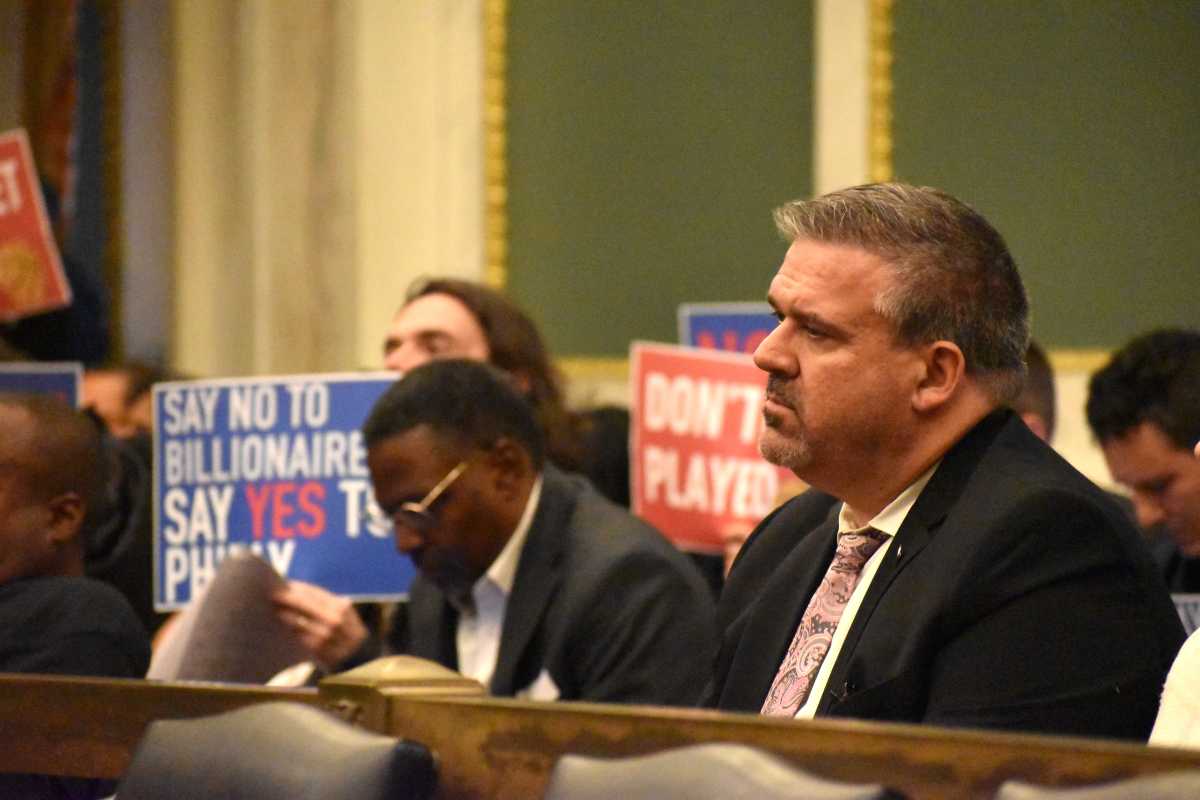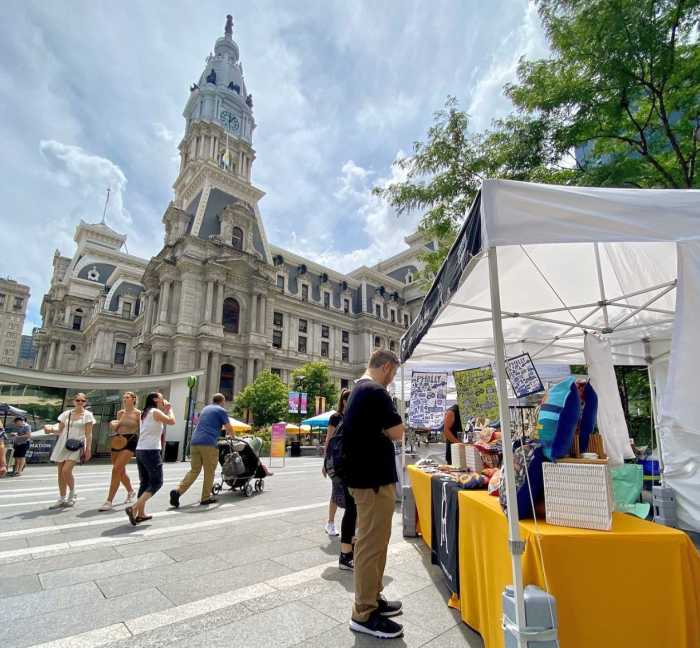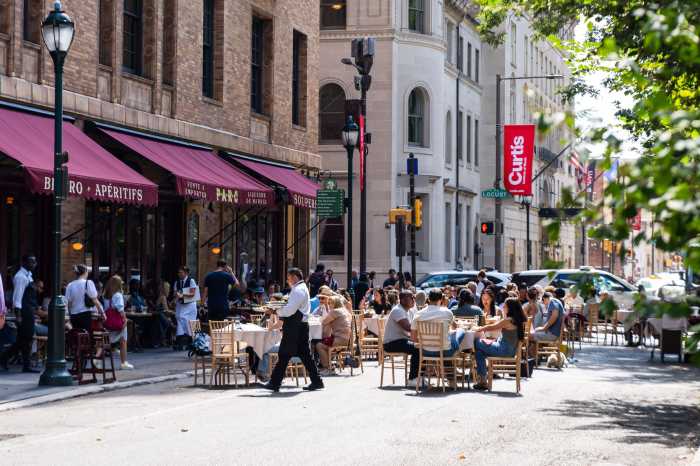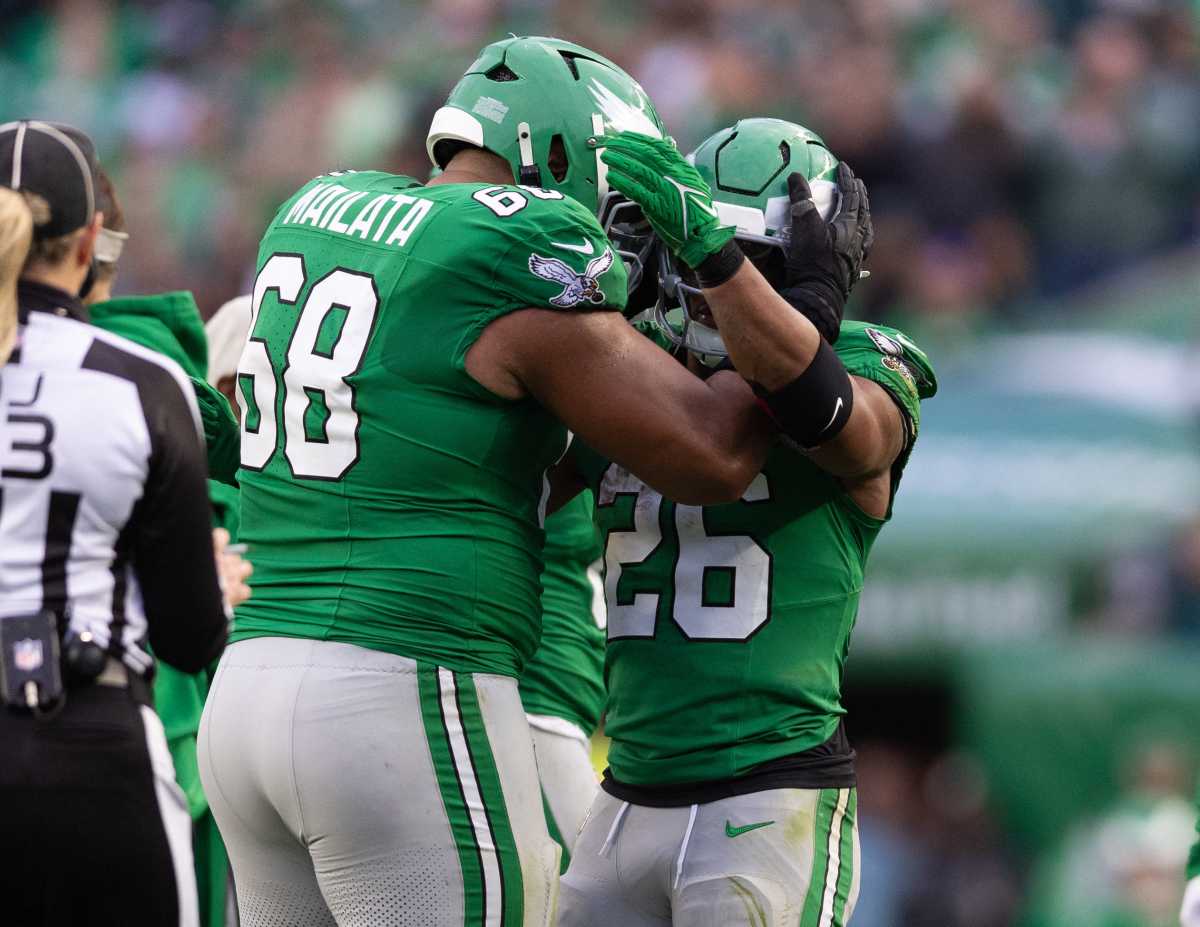Gov. Josh Shapiro, by redirecting $153 million in federal funding to SEPTA, stepped in Friday to prevent severe fare increases and service cuts in the near future.
The hope, from the authority’s point of view, is that he and Harrisburg lawmakers will come together in coming months to craft a permanent funding solution to address the transit agency’s $240 million annual budget deficit.
But, even if that happens, there would not be enough money to cover the tens of millions of dollars a year needed to serve thousands of fans utilizing SEPTA to reach 76 Place at Market East, the 76ers proposed Center City arena, in 2031.
That’s according to testimony and a report released last week by SEPTA in conjunction with City Council hearings about the planned $1.3 billion development. Lawmakers are determining whether to approve legislation permitting the project to move forward.
SEPTA projects spending $20 to $25 million more a year to provide extra service for spectators coming to and leaving the venue, in addition to $22 to $50 million in costs over the six-year construction process.
“The reality is that SEPTA simply cannot assume these new costs within the framework of its operating budget,” Scott Sauer, the authority’s chief operating officer, told Council at a Nov. 19 meeting.
76ers representatives did not respond to a request for comment about SEPTA’s report. Officials from Harris Blitzer Sports & Entertainment, the team’s owner, questioned the analysis before it was publicly released during a Council hearing earlier this month.
HBSE leaders testified that the team expects to be treated the same as the professional sports franchises based at the South Philadelphia Sports Complex, where SEPTA currently funds extra service for certain games and events.
A city-commissioned study of 76 Place found that significant traffic gridlock will result if more than 40% of fans heading to the 18,500-seat arena drive in personal cars. The 76ers have predicted 40% will use mass transit. Only 10 to 20% take SEPTA to the South Philadelphia Sports Complex, which is served primarily by the Broad Street Line.
76 Place, in contrast, would be constructed over Jefferson Station, a transit hub where a dozen Regional Rail lines stop. The Market-Franklin Line and several bus routes serve the site, which is also a short walk from the BSL and PATCO.
SEPTA leaders believe, to hit that 40% benchmark, service would need to run every 30 minutes on the most trafficked Regional Rail lines around the time games conclude. Currently, trains come every one to two hours during those late evening hours.
In all, SEPTA estimated it will need to run 20 additional trains and five extra buses to accommodate arena crowds.
At NRG Station, in South Philadelphia, trains are stored and deployed as events end; however, Jefferson is not an end-of-the-line stop and there is no room to stage vehicles, according to SEPTA officials.
Running Regional Rail lines more frequently only on game days would complicate schedules and headways; extra service would need to be deployed every day, authority leaders have concluded.
Though SEPTA would presumably get more paying customers from the arena, mass transit is heavily subsidized and farebox revenue generally only accounts for 20% of service costs.
Without 76 Place-specific funding, the authority would be unable to increase service at Jefferson or would have to reallocate resources from elsewhere in the region, SEPTA officials testified.

Construction crews would need to remove half of Jefferson Station’s roof to demolish a section of the Fashion District mall and build the arena along Market Street between 10th and 11th streets.
Transit officials believe the work may require periodic partial or full closures of the station, and SEPTA would have to hire a dedicated team to coordinate with the developer. Staff would also be needed to redirect riders.
Once the project is completed, Jefferson would be “darker, smaller, and more difficult to access and navigate than the current station,” the firm Econsult wrote in a report commissioned by SEPTA.
Since Jefferson was constructed and renovated with federal dollars, any changes to the station need to be approved by the Federal Transit Administration to ensure construction does not diminish the site, SEPTA officials said. 76 Place’s current design is unlikely to pass FTA muster, according to the Econsult study.
SEPTA leaders, during last week’s hearing, said that the agency does not support or oppose the arena.
“We remain willing to work with the city and the team to identify new ways to reduce these impacts wherever we can,” Sauer told lawmakers.




























